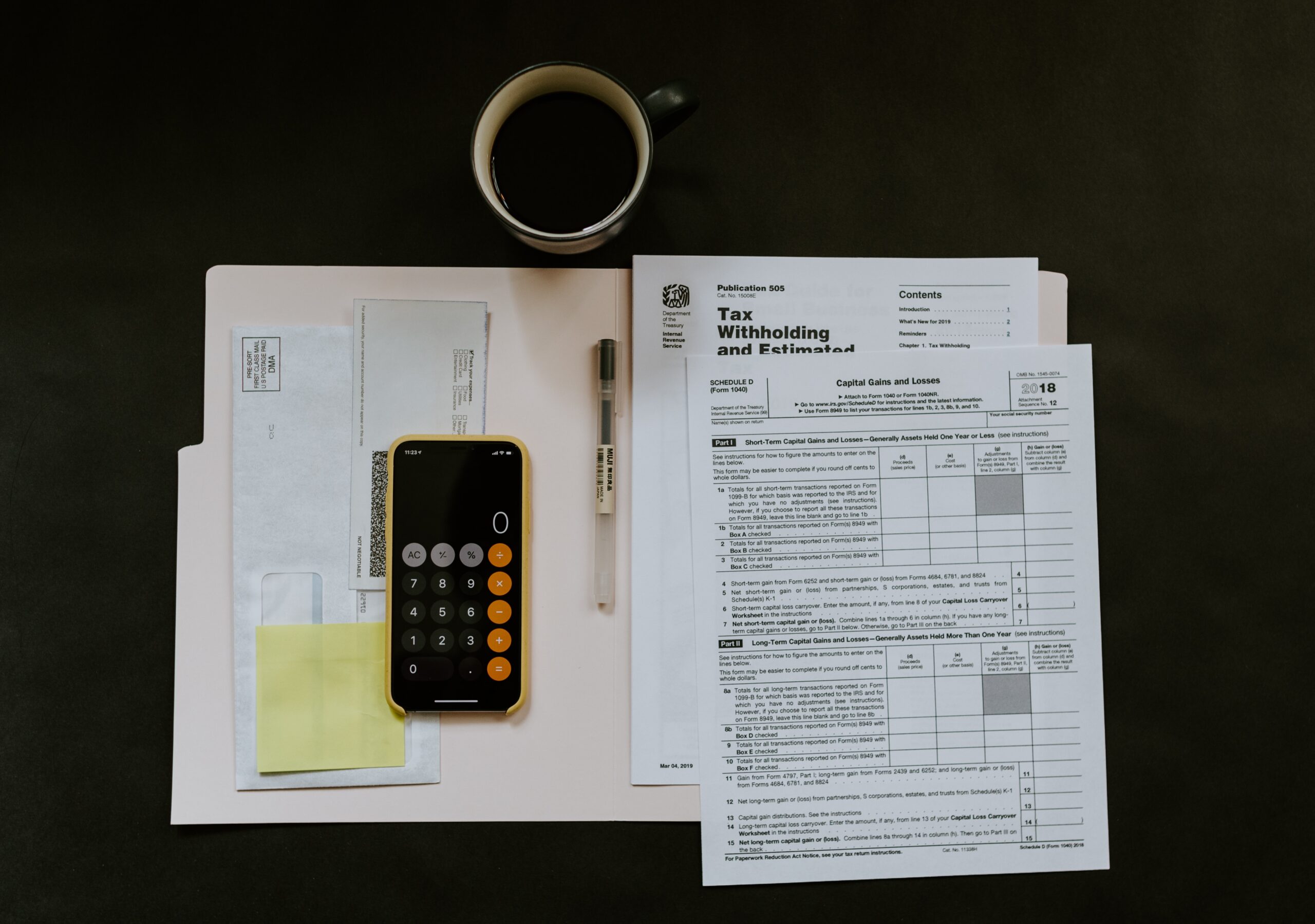Mastering Personal Finances: A Comprehensive Guide on Creating a Budget
Introduction: Budgeting is a vital tool for achieving financial stability and success. It allows individuals to effectively manage their income, control spending, and save for future goals. While the process of making a budget may seem daunting at first, it is a straightforward and empowering endeavor that can bring clarity and financial freedom to your life. In this article, we will provide you with a step-by-step guide on how to create a budget that suits your needs and helps you achieve your financial objectives.
-
Assess Your Financial Situation: The first step in creating a budget is to evaluate your current financial situation. Take an inventory of your income sources, including salary, investments, and any additional revenue streams. Next, calculate your monthly expenses by categorizing them into essential (e.g., housing, utilities, groceries) and discretionary (e.g., dining out, entertainment). Use bank statements, bills, and receipts to track your spending patterns over a few months, allowing you to gain a realistic understanding of your financial habits.
-
Define Your Financial Goals: Determine your short-term and long-term financial objectives. Do you wish to save for a down payment on a house, pay off debts, or build an emergency fund? Clearly defining your goals will help shape your budgeting strategy and prioritize your spending accordingly. Additionally, establish a timeline for achieving each objective, as it will influence your budgeting decisions.
-
Create Categories and Allocate Funds: Based on your evaluation of income and expenses, establish budget categories that align with your spending habits and financial goals. Common categories include housing, transportation, utilities, groceries, debt repayment, entertainment, savings, and investments. Assign a realistic amount of money to each category, considering your income, expenses, and goals. It’s crucial to strike a balance between meeting your needs and setting aside funds for savings and debt repayment.
-
Track and Review Expenses: Consistently track your spending to ensure that it aligns with your budgeted amounts. Utilize digital tools or apps that can help automate expense tracking or manually record your expenses in a spreadsheet. Regularly review your spending habits to identify areas where you can cut back or make adjustments. Be mindful of impulse purchases and unnecessary expenses that can hinder your financial progress.
-
Prioritize Savings and Debt Repayment: Building an emergency fund and reducing debt are crucial components of any budget. Allocate a portion of your income to savings and debt repayment categories to steadily make progress towards your goals. Consider setting up automated transfers to make these payments consistent and easier to manage. Aim to save at least 20% of your income, if possible, but adjust this figure based on your individual circumstances.
-
Adapt and Fine-Tune: Financial circumstances change over time, so it is essential to regularly review and adjust your budget accordingly. Revisit your budget on a monthly basis to ensure it remains relevant and effective. As your income fluctuates or new expenses arise, be flexible and make necessary adjustments to maintain a balanced financial plan. A budget should be a dynamic tool that evolves with your changing needs.
Conclusion: Creating and following a budget empowers individuals to take control of their finances and work towards achieving their financial goals. By assessing your financial situation, defining your goals, categorizing expenses, tracking spending, prioritizing savings and debt repayment, and regularly reviewing and adjusting your budget, you can lay the foundation for a stable and prosperous financial future. Remember, discipline and consistency are key to mastering personal finances, and a well-planned budget is your roadmap to financial success. Start today, and watch your financial dreams become a reality.
